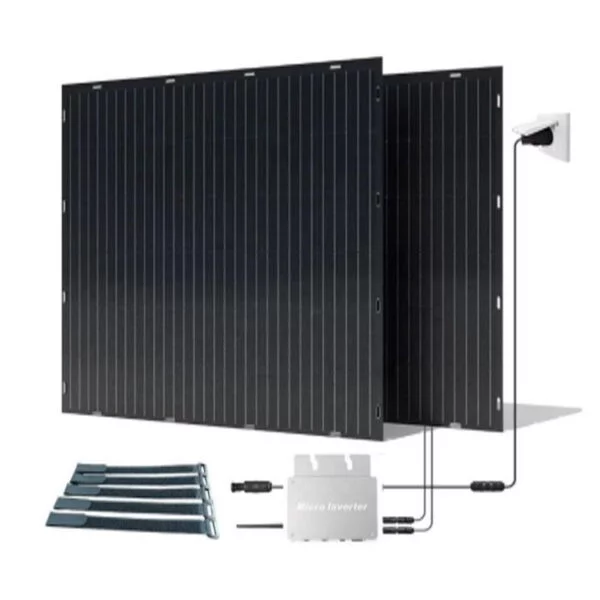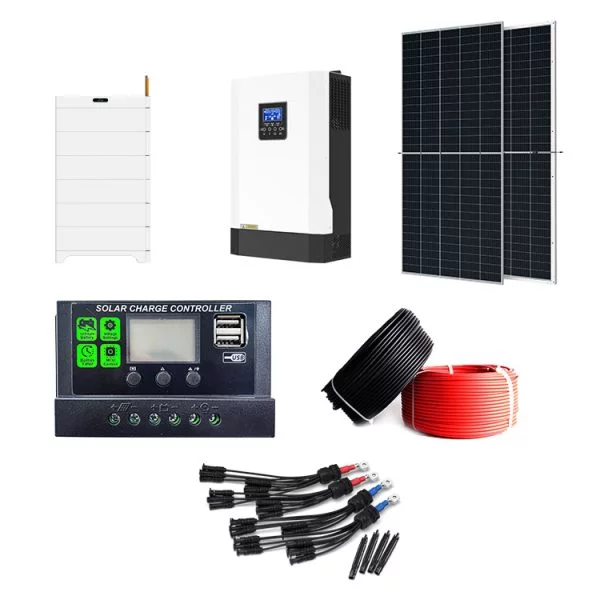HOT PRODUCT
Product Details
campervan Flexible Solar Panel Kits Vs. Traditional Solar Panels
Campervan Flexible Solar Panel Kits Vs. Traditional Solar Panels
Solar panels have become increasingly popular in the realm of renewable energy. They provide a sustainable and efficient way to generate electricity for various applications, including powering campervans. When it comes to choosing solar panels for your campervan, there are two main options available: flexible solar panel kits and traditional solar panels. In this article, we will explore the differences between these two options to help you make an informed decision.
Flexible Solar Panel Kits:
Flexible solar panel kits are designed to be lightweight, thin, and highly portable. They are made up of thin-film solar cells that are typically mounted on a flexible plastic sheet. One of the key advantages of flexible solar panels is their flexibility, allowing them to conform to curved surfaces. This feature makes them ideal for irregularly shaped campervans or RVs.
The lightweight and thin design of flexible solar panel kits also makes them easy to install and transport. They can be easily mounted on your campervan’s roof using adhesive or grommets. Additionally, their flexibility allows for easy maneuverability and adjustment to maximize sun exposure throughout the day. This flexibility is particularly valuable if you frequently park your campervan in shaded areas.

In terms of efficiency, flexible solar panel kits tend to have lower power output compared to traditional solar panels. The thin-film solar cells used in flexible panels have a lower energy conversion efficiency, which means they generate less electricity per square inch. However, advancements in technology have improved the efficiency of flexible solar panels in recent years, making them a more viable option for campervan owners.
Traditional Solar Panels:
Traditional solar panels, often called rigid panels, consist of crystalline silicon cells encased in tempered glass and aluminum frames. They are heavy and rigid, making installation more challenging than flexible panels. However, their solid construction ensures durability and longevity, even in harsh weather conditions.
When it comes to power output, traditional solar panels have a higher energy conversion efficiency compared to flexible panels. The quality and efficiency of crystalline silicon cells contribute to their superior performance. They can generate more electricity per square inch, which is beneficial for meeting higher energy demands in larger campervans or when using power-intensive appliances.


However, the rigidity of traditional solar panels limits their installation options. They cannot conform to curved surfaces, so they require a flat and uninterrupted space on the campervan’s roof. This constraint can be a significant drawback for campervan owners with uniquely shaped or smaller vehicles.
Choosing the Right Option:
The choice between flexible solar panel kits and traditional solar panels ultimately depends on your specific requirements and preferences. If you value flexibility, ease of installation, and portability, flexible solar panel kits are a suitable option. They are ideal for smaller campervans or those with curved roofs. On the other hand, if you prioritize power output and have a larger campervan, traditional solar panels are the better choice.
It is worth noting that the cost of both options can vary. Flexible solar panel kits are generally more affordable than traditional panels due to their lower efficiency. However, the overall cost will also depend on the size and quality of the panels.

In conclusion, both flexible solar panel kits and traditional solar panels have their pros and cons. Consider factors such as your campervan’s size, shape, energy requirements, and budget before making a decision. Regardless of your choice, installing solar panels on your campervan can significantly reduce your reliance on fossil fuels and provide a sustainable power solution for your travels.




